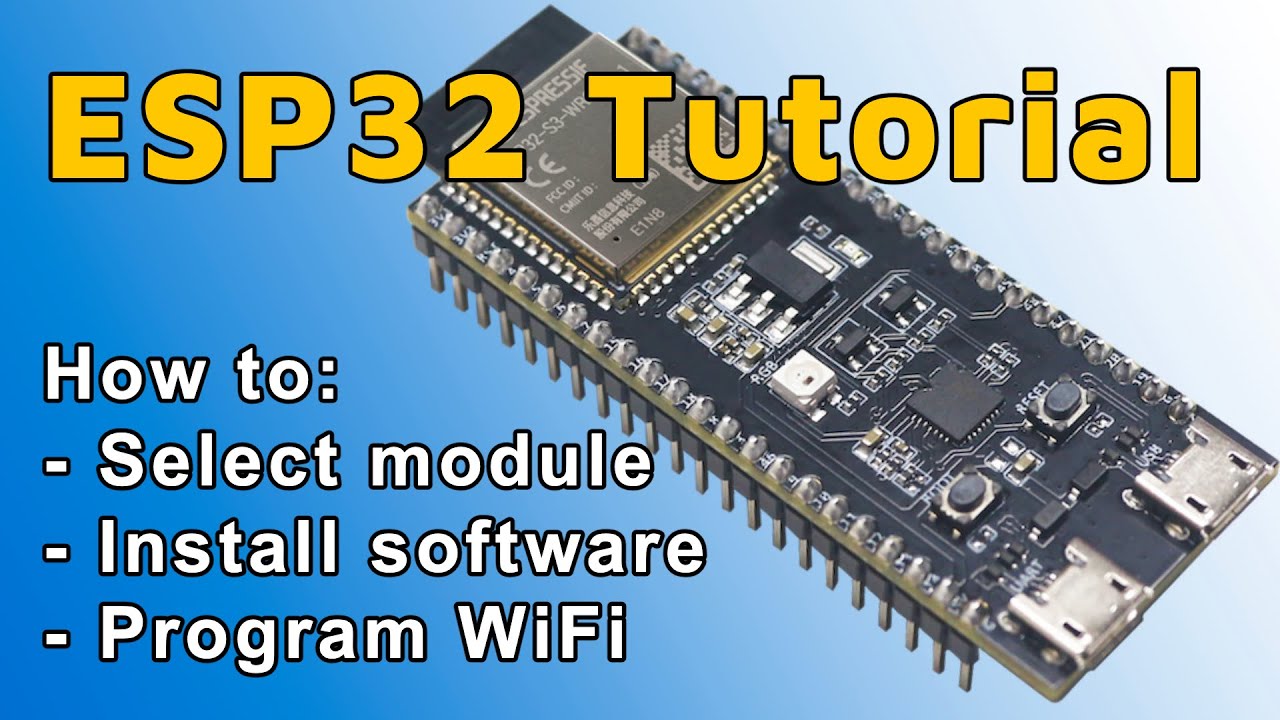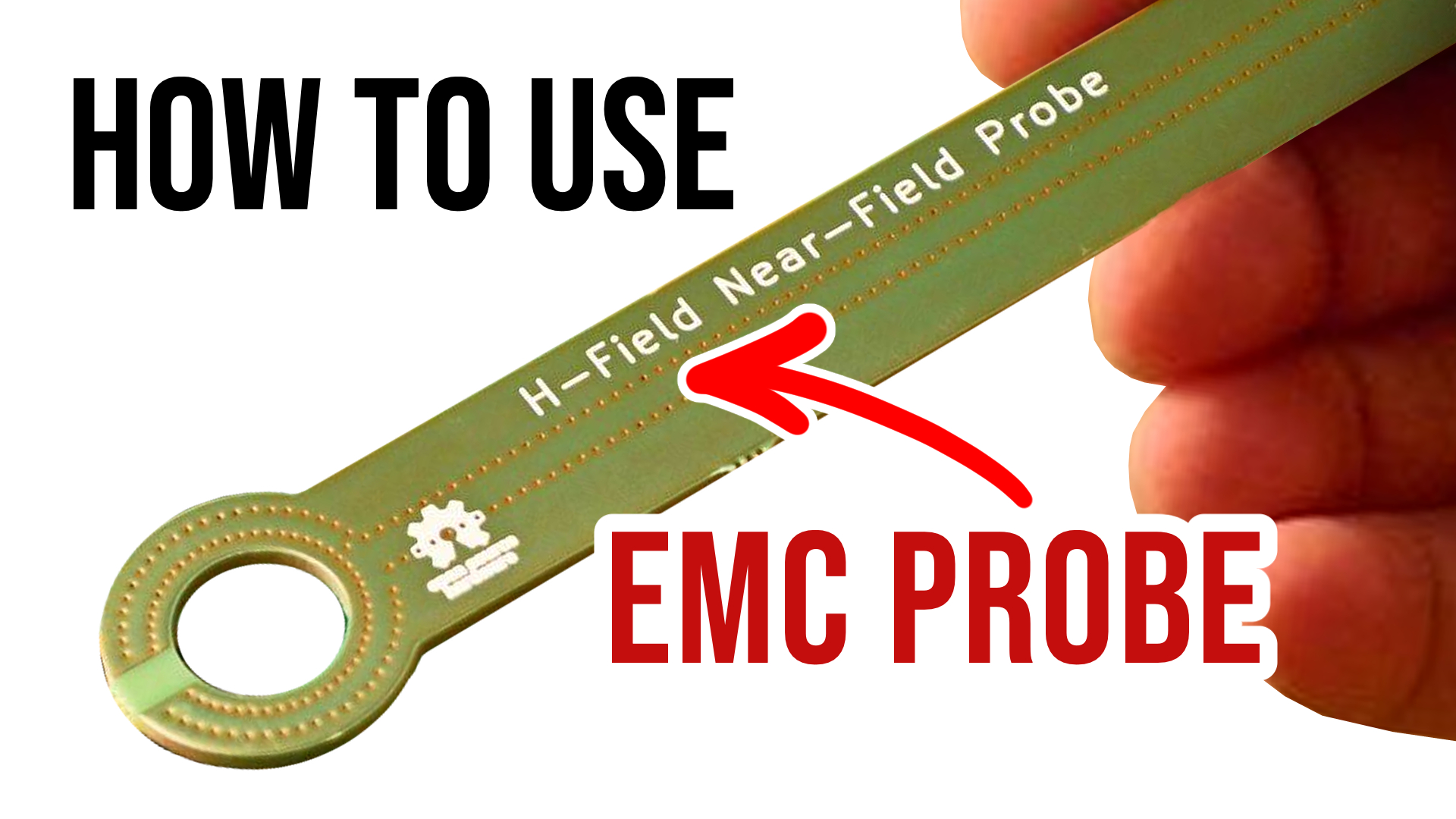5 Tips for better Schematic checking
The most common schematic errors / mistakes
- Connection between Receive <-> Transmit, Negative <-> Positive is wrong (e.g. Transmit signal is connected to Transmit, but should be connected to Receive; Negative signal is connected to Positive, but should be connected to Negative)
- Missing Pull Up / Down resistor
- Missing junction (especially in cases when it needs to be added manually)
- Swapped signals or net names (e.g on connector’s or IC’s pins)
- NetName typographical error (don’t type Netnames, but use Copy and Paste instead. This eliminates mistakes such RESET -> RSET)
- Circuit doesn’t work as expected (if you don’t use reference circuit, but design your own, be sure you check it many many times)
- Wrong voltage rail connected to power pin or pull up (e.g +5V and should be +3.3V)
- Timing issue (wrong power / reset / initialization sequencing, …)
- After some additional changes you have done in schematic, you forget to change one of the net names
How to prevent Schematic mistakes and errors
Note: It’s important you follow these steps after you finish whole schematic. Every additional change after the checking can bring new errors or mistakes.Print your schematic.
- Check schematic symbols. You can start with components with most pins. Open datasheet, go through every pin and compare datasheet pin name/number with pin name/number in your schematic. Make a small dot beside every checked pin.
- Check connection name. After the pin name/number checking we can now check net names. Go through every pin in your printed version of schematic and compare if the pin name is same/similar to the net name. Make a small dot beside every checked pin (use different colour or opposite site of the pin name as you used in point 1).
- Go through every reference circuit you used in your design and compare with your printed schematic. Is it same? Are the changes you made in the reference circuit correct? (e.g. new calculated voltage divider, …) Use a red pen and circle parts what are different.
- For next step I would recommend Altium Designer as I found following method extremely useful and efficient. Altium Designer has a feature called Interactive Navigation. The navigation has four small windows:
- a window with list of all schematic pages in your design,
- a window with list of all components in the selected page,
- a window with list of all nets used in the selected page,
- a window with list of all pins which are connected to the selected net.
Picture: Altium Designer – Interactive Navigation (screenshot)
During the procedure of schematic checking use Altium Designer Interactive Navigation and go through every page in the design, every net in the page and every pin in the net. Then look how and were each of the pins are connected. This way, all the nets are double-checked and also the connections can be seen from different points of view (e.g. one time we look on the net from output’s view and later we look on the same net from input’s view). Compare with reference circuits and datasheets (have a look what the pin’s feature is and how it should be connected). See demonstration of Altium Designer Interactive Navigation in this video (starting at 4min 18sec). - Imagine you have just connected your board to power. What will happen?
The current starts flows .. where … and then? What power supply starts as first .. second … when reset is generated, what happen when you press power button …. Imagine your board is running … what’s happening?
Tips for Schematic symbol and PCB footprint Library checking
Most common library errors are made when component doesn’t fit into the footprint (footprint dimensions are not correct) or when pin numbering of footprint is wrong e.g:- some connectors are numbered from top to bottom, others are numbered from left to right;
- position of diode or transistor pins is wrong or pins are swapped (e.g Anode / Cathode / Gate / Source / …)
When a new component has been created in library:
- always compare pin names and pin numbers between component datasheet and the new schematic symbol
- always check if pin numbers in footprint are in correct order
- always measure dimensions of the new footprint (Reports->Measure Distance) and compare with datasheet




